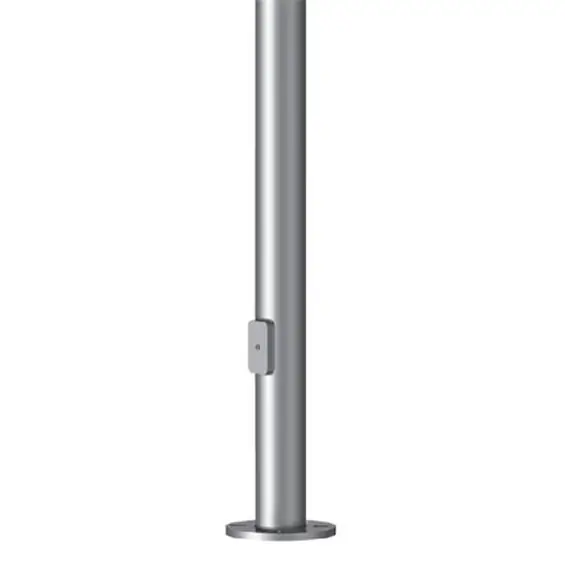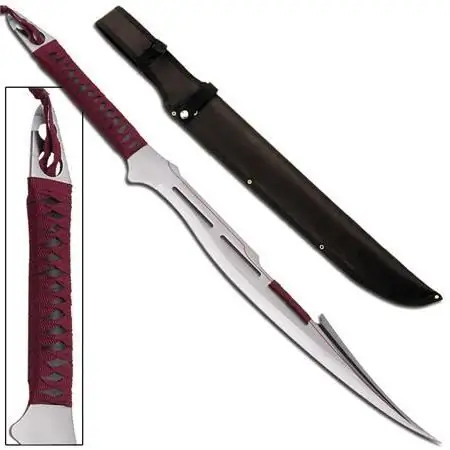2025 Author: Howard Calhoun | [email protected]. Last modified: 2025-06-01 07:12:56
Cold-rolled steel (cold-rolled) is one of the most demanded types of modern rolled metal. In the total amount of steel produced, the volume of thin sheets is continuously increasing. It is made, as the name implies, by cold rolling. Ductile metal is processed by pressure without preheating by a special method. It is produced in two types - cold-rolled sheet and in rolls. Finished products can be of different lengths and sizes, cut edge, crimped.

Characteristic of cold rolled steel
The growing demand for cold rolled steel is due to higher quality characteristics than hot rolled product. In addition, the production of sheet metal with a thickness of 1 mm or less is economically feasible only in a cold way. Cold rolling is used for ordinary carbon, high-quality carbon, alloy and high-alloy steels, corrosion-resistant, heat-resistant and heat-resistant alloys. The chemical composition of the processed steel determines the properties of the resulting rolled metal and, to a certain extent, the scope of its application. Yes, forcomplex stamped products, low-carbon cold-rolled sheet steel, GOST 19904-90, is used. The microstructure of the metal after rolling largely determines its ductility, all other things being equal.
Cold-rolled steel is produced with a thickness of 0.25-5.0 mm and is supplied in sheets of various sizes - from 510x710 mm to 1250x2500 mm. Steel with a thickness of 0.25-2 mm can be supplied galvanized. Cold-rolled transformer steel sheet is produced with a thickness of 0.28-0.5 mm, sheet dimensions 750-1000 mm. Important requirements are put forward for transformer steel, namely, the magnitude of magnetic induction and the size of watt losses. Cold-rolled steel sheets and coils are produced from structural steels, alloyed high-quality structural steels for special purposes, electrical low-carbon and silicon steels. Cold-rolled spring strip, tool strip, for magnetic circuits is produced.

Features of cold rolled sheet
Cold-rolled general purpose sheet is made from steel grades, the chemical composition of which is determined by GOST 1050-88: 08ps, 08kp, 10kp, 10ps, 15ps, 15kp, 20ps, 20kp, 25, 30, 35, 40, 45. For Cold stamping is subjected to high-quality steel grades 08yu, 08kp and 08ps. The surface of cold rolled steel is smoother and the geometry is more precise.
Contrary to its name, cold rolled steel does not avoid heat treatment. Any cold-rolled steel is made from hot-rolled billets.
Production of cold-rolledsteel
Cold-rolled sheet is made in two ways: sheet or roll. With the sheet-by-sheet method, hot-rolled steel produced in a coil after cold rolling is cut into sheets, which are already individually sent for further processing (annealing, straightening, etc.).
In modern production, preference is given to the roll method. In this case, all stages of the production of cold steel are carried out in rolls and the finished products are cut into sheets manually or automatically. The rolled method makes it possible to automate the bulk of technological operations, increases the yield of finished products, improves the properties and shape of the metal due to the stability of the production process. With this method, an increase in the output of finished products is possible on the same areas. In some cases, cold rolled steel is supplied in coils. Depending on the technological process of some machine-building enterprises, this reduces the amount of waste. In the production of cold-rolled steel, mandatory operations are the cleaning of hot-rolled strips from scale, rolling on mills (reversing or continuous), heat treatment, cutting, straightening.

Distinctive features of hot-rolled and cold-rolled products
Hot rolled metal is easier to process. For products manufactured by hot rolling, low-grade, lower-cost steel is more often used. Finished products are often covered with scale and require additional processing. Because it's impossiblecalculate the limits of metal deformation during cooling, the geometry of hot-rolled metal is not strict (uneven thickness, uneven edges and corners).
The cold-rolled method of rolling makes it possible to more accurately maintain the required dimensions of products. The surface of such rolled products is smoother, the thickness is uniform, so the final processing of products is minimized, and sometimes even not required. Due to its uniform structure, cold-rolled metal is more durable and has better tensile, bending, and tensile properties. High grade steel is used for production.

Application of cold rolled steel
Cold-rolled steel is used in many industries: in the automotive industry for body work, for machine tool bodies, production devices, machine parts, construction, processing industry, household appliances.
Quiet steel 3 cold rolled is one of the most expensive in terms of cost. The minimum oxygen content contributes to an increase in the uniformity of the structure, plasticity and resistance to corrosion. It is used for rigid metal structures and load-bearing elements, shaped steel, parts of pipeline fittings. Cold rolled steel is used in the manufacture of parts subjected to thermal and chemical attack.
Recommended:
Food stainless steel: GOST. How to identify food grade stainless steel? What is the difference between food stainless steel and technical stainless steel?

The article talks about grades of food grade stainless steel. Read how to distinguish food stainless steel from technical
How to write a cold call script. Script ("cold call"): example

Cold calls are often used in sales. With their help, you can effectively sell a product, service, make an appointment for a subsequent discussion of the terms of the transaction
Cold workshop: description, characteristics. Organization of the work of the cold shop

In restaurants, cafes, canteens with a workshop production structure, special rooms are allocated for the preparation of hot and cold dishes. At low-capacity enterprises, separate places are created for these purposes in the general production space
Steel support: types, types, characteristics, purpose, installation rules, operation features and applications

Steel poles today are most often used as lighting poles. With their help, they equip the lighting of roads, streets, courtyards of residential buildings, etc. In addition, such structures are often used as supports for power lines
440 steel - stainless steel. Steel 440: characteristics

Many people know 440 steel. It has established itself as a reliable, anti-corrosion, time-tested hard material, which is most often used for the manufacture of knives for various purposes. What is the secret of this alloy? What are its chemical, physical characteristics and applications?

